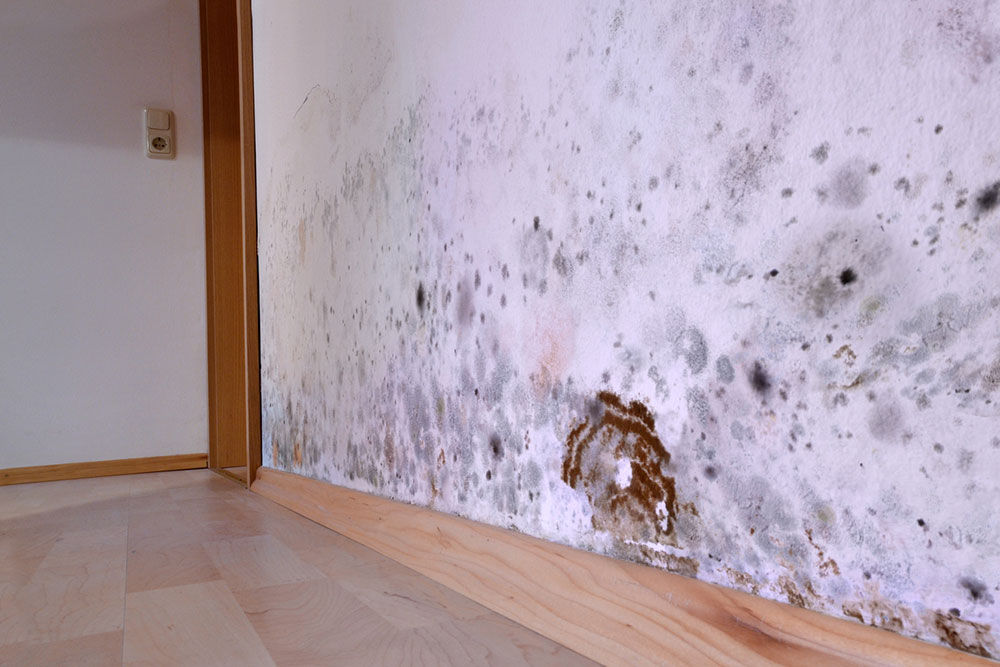Mistakes to avoid when hiring water damage restoration professionals

Excess water seepage and flooding can cause a lot of damage to the house. The structure can be compromised if not treated immediately and properly, resulting in an expensive home improvement project that the homeowner must undertake. It is crucial to take immediate steps to treat this problem, with the first step being hiring the right water damage restoration professional. Some mistakes, which are mentioned below, should be avoided during this hiring process.
1. Going the DIY route
In some cases, when the damage doesn’t seem too bad, many homeowners take it upon themselves to clean up and restore the place. This might be a bad idea, as water damage often causes mold issues that must be handled professionally. Professionals are well equipped with the knowledge and tools to help eliminate this problem and ensure the home does not succumb to other damages. They can anticipate problems and, accordingly, take the required measures. Even if they reach a roadblock, they will figure out how to remedy the issue. A homeowner may have limited knowledge and be unable to handle such a big responsibility outside of their expertise. Allow the professional to take the lead and trust them with the process.
2. Not researching
One should not rush to hire the first recommendation that comes to them. This big task requires the right professionals to carry it out properly. Always check with the company about their insurance and licensing policies to know that they have all the necessary documents and permits to do the work they are doing. This means that they are liable to do the job correctly and have put in place the resources to hire professionals for the company. They must have the latest techniques to help them with the issue in the best manner possible.
3. Delaying emergency response
As a homeowner, the biggest mistake is waiting too long to respond to the situation. Water damage can lead to higher chances of mold growth and also cause structural damage to the house if not taken out quickly. Homeowners should respond swiftly; this way, damage will be minimal and manageable. Not to mention, it is also economical, as there will be no compounded damages.
4. Not taking safety precautions
Safety precautions are an essential part of the job, so make sure they are following these protocols to a T. This includes making sure they use machines carefully and wear boots, gloves, masks, and overalls to protect themselves from any of the products that are being used during the water damage restoration process. Homeowners should also be extra careful around the wiring and electrical appliances. There may be some exposure to hazardous material depending on the damage and the extent of the restoration. Make sure everyone is safely dressed and following all the necessary precautions.
5. Not discussing the damage
Before they are hired, have a detailed conversation about the extent of damage that has been done to the house due to the flooding. Homeowners should plan a way forward and understand how the restoration works so they can be on board. Does this mean they will have to vacate the property? Do they know how long it will take? Have they discussed the budget? These are among the many things homeowners should discuss with their contractors. Homeowners should also ask contractors to update them with a plan and ask for the budget. This will help one decide if this is the right company for them.
6. Prioritizing price over quality
Restorations are expensive. So, one may have to shell out more money than they thought. Knowing that the price will not be the only deciding factor in hiring a professional is vital. One must look at the professionals’ work history, experience, and qualifications, which will help get the results. Homeowners should prioritize quality service and understand that this is a long-term commitment. Hiring incompetent workers for one’s home might be cheap and easy on the pocket at that time, but a badly restored home will suffer long-term damage in the coming years, and homeowners may end up paying a lot more than they first budgeted.
7. Ask about equipment
Using the wrong equipment can lead to more damage than good, so always check with the company to see if they have the right tools for the job. If it is a licensed company, it will have all the necessary resources for the project, so one will not have to follow up or worry. Since water damage can create an environment for mold and mildew to grow, ask them to inspect the walls thoroughly to ensure everything is dry before starting the restoration process.
A professional moisture assessment can help understand the extent of moisture found in the home, and based on these readings, work can be managed by the professionals. Another tip for homeowners is to document the damage thoroughly to show it to the professionals. This will give them an idea of what to expect. They will, of course, come to the site, do an assessment, and start work accordingly, but have these damages recorded on the phone because one will need them to support one’s insurance claim. These reference pictures and videos become important for one’s case.







